Green energy technology is integrated into Boao's Dongyu island, the permanent site of the Boao Forum for Asia in Qionghai, Hainan province.
Rooftop panels, floor tiles and even the curtain wall on the forum's media center are photovoltaic. Bustling roads are populated with renewable energy vehicles. Venues and hotel rooms are equipped by innovative water-cooled air-conditioning systems.
The Boao near-zero carbon demonstration area, covering 190 hectares on Dongyu island, started construction in 2022 and began operation on March 18, prior to the Boao Forum for Asia Annual Conference 2024, which concluded on Friday.
Hu Yaowen, head of the Hainan branch of China Academy of Urban Planning and Design, highlighted that the daily electricity consumption of the demonstration area stands at about 50,000 kWh per day. During the conference, the figure surges to around 90,000 kWh per day.
Under recent light conditions, Hu said, the demonstration area's daily electricity generation can reach 120,000 kWh, which is more than sufficient to meet the increased demand during the forum.
Meanwhile, photovoltaic power can be incorporated into the power grid and directly utilized for various purposes, according to Hainan Power Grid.
The photovoltaic panels on the roof of the New Power System Integration Exhibition System, for instance, are projected to generate 87,600 kWh of power annually. This saves around 28 metric tons of standard coal and reduces 87 tons of carbon dioxide.
In addition to pursuing green electricity supply, the demonstration area is focused on reducing energy consumption, particularly in the context of the tropical climate where air-conditioning plays a major role in carbon emissions and energy usage.
The high-efficiency chiller room at the Boao Asia Forum Hotel features rows of silver pipes forming the main air-conditioning system, circulating cold water to distribute cool air across the entire building.
Lu Di, an engineer from China Academy of Building Research, noted that the demonstration area can achieve a 10 percent reduction in the total energy consumption of buildings through the use of energy-efficient magnetic levitation frequency conversion units and a water storage system.
In the back kitchen of the hotel, head chef Liu Su uses an electromagnetic cooker to make a dish of fried shrimp, without the use of an open flame. Electrified kitchens not only enhance cooking safety but also allow for more precise heat control, ensuring the taste and cooking stability of the dishes, according to Liu.
Liu Lianwei, deputy director of the Department of Housing and Urban-Rural Development of Hainan province, emphasized the primary focus of the "zero carbon demonstration area" as achieving carbon neutrality, rather than eliminating emissions entirely. This means that through the integration of advanced emission reduction technologies in energy, construction, transportation and waste treatment, as well as the establishment of forest carbon sinks and offsetting measures, the region can balance carbon dioxide emitted with the amount absorbed.
Hainan aims to use the Boao near-zero carbon demonstration area to showcase its dedication to ecological sustainability and set a high bar for global environmental standards.
"It's a great idea to have a near-zero carbon demonstration area. This way, people from all over the world come, and they can see the latest technology in the area that China has to offer. We need to share with each other great solutions to reduce carbon output," said Carl F. Fey, an attendee of the forum and professor of strategy at BI Norwegian Business School.








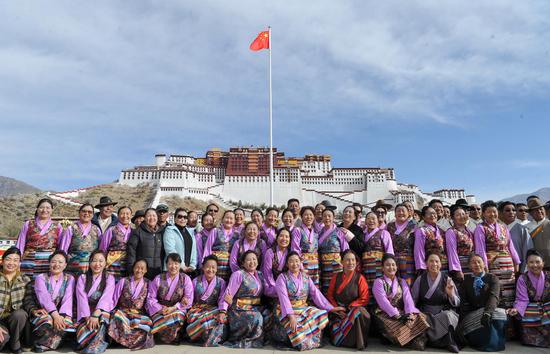
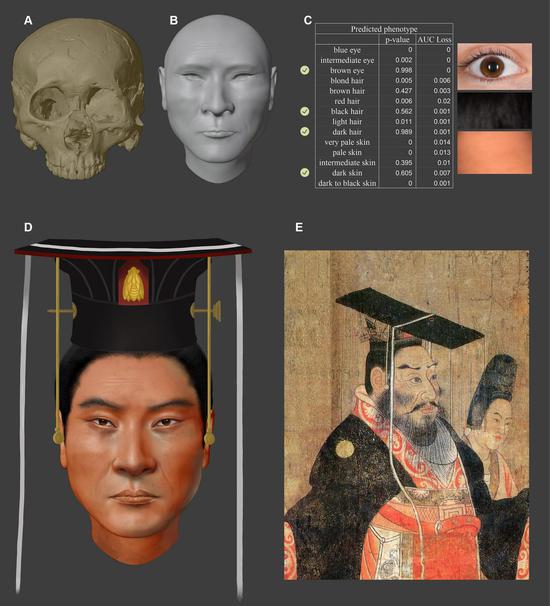

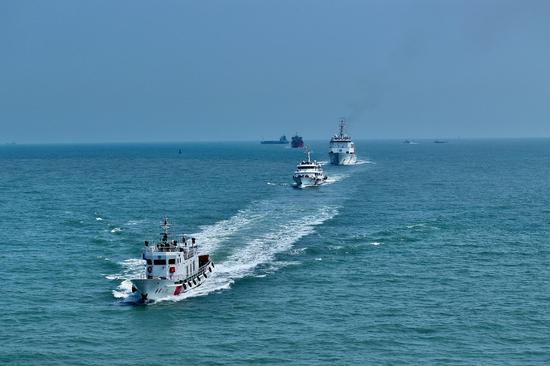

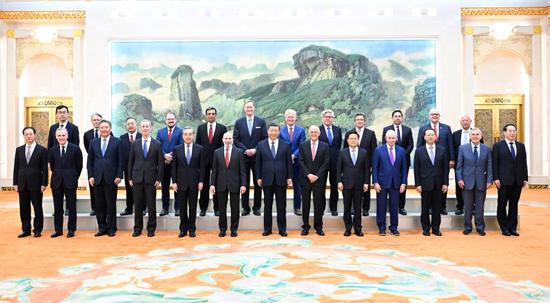
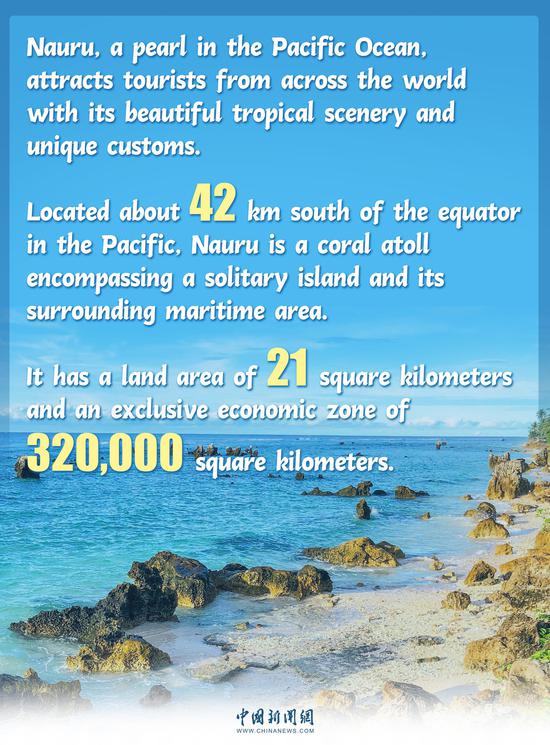
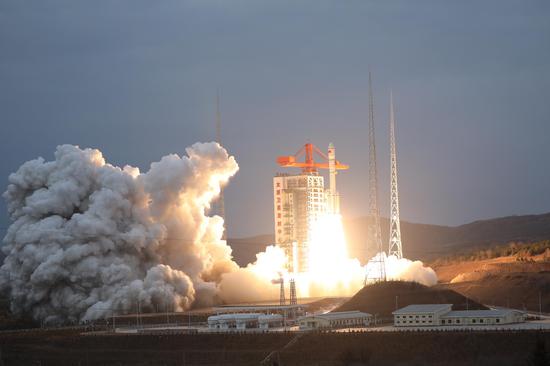
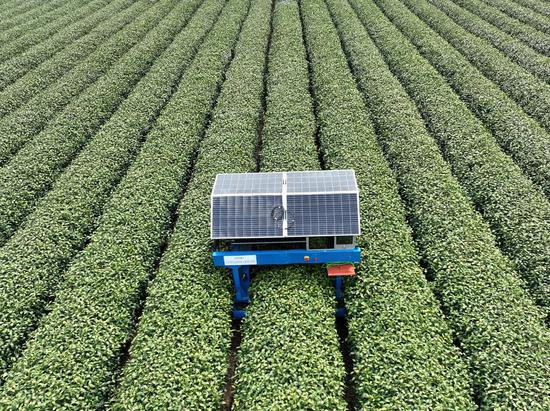
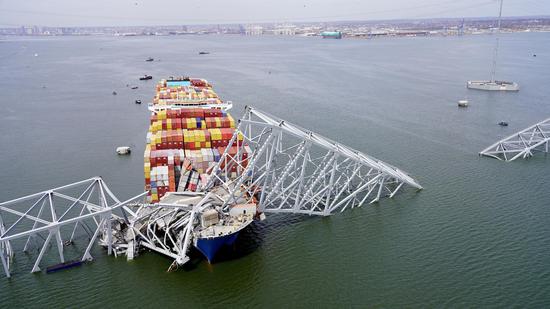



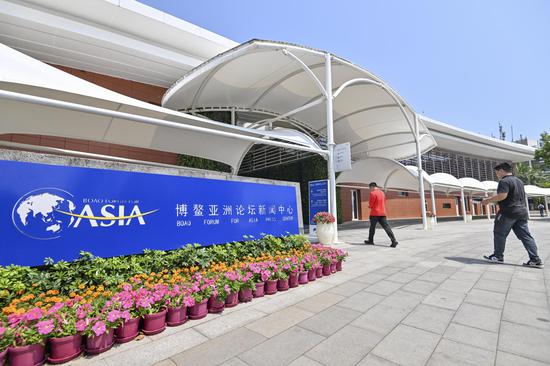
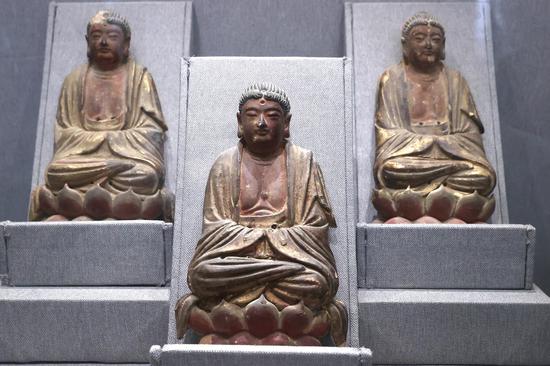

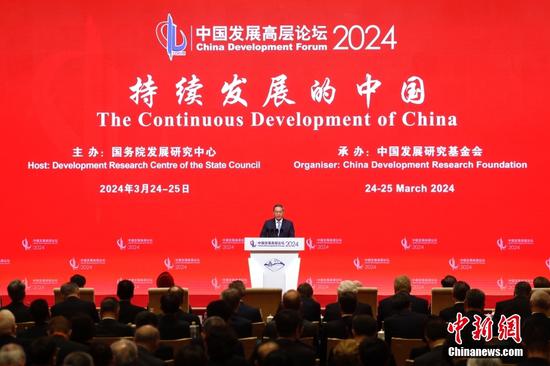
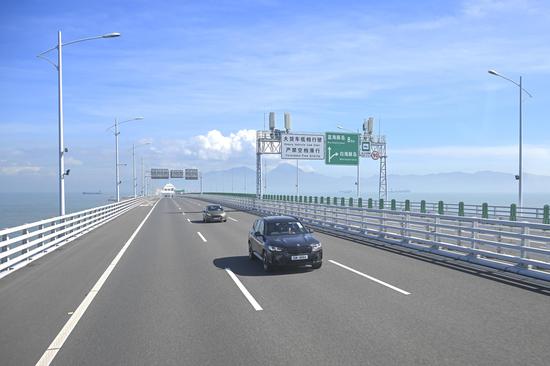





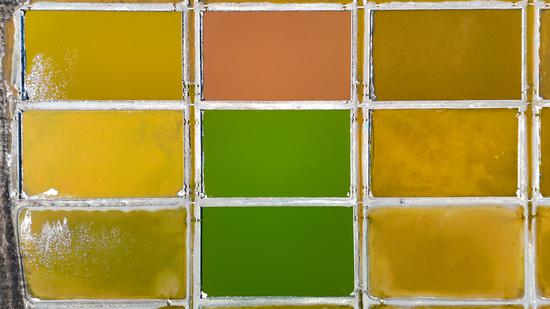
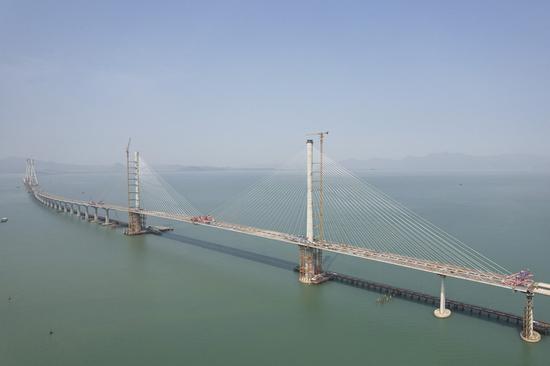

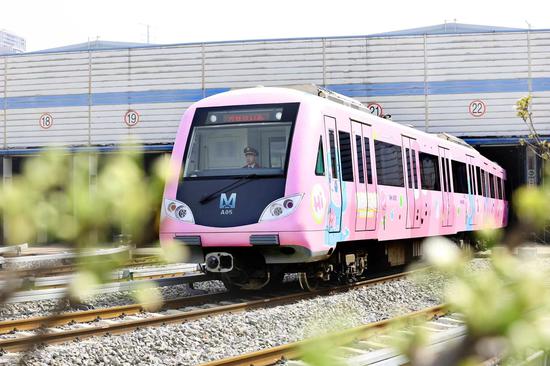

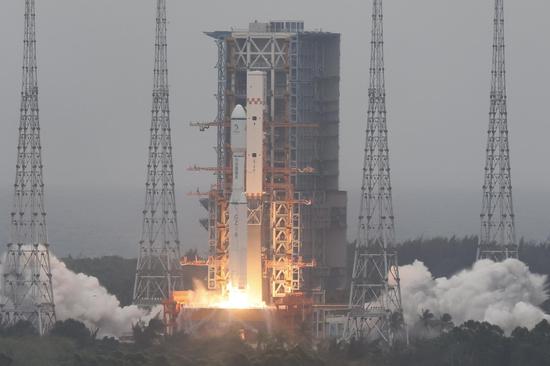
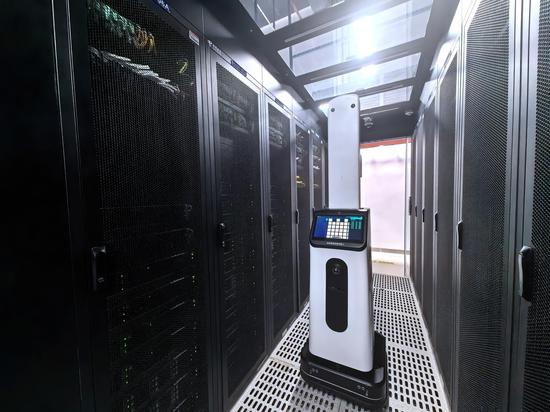
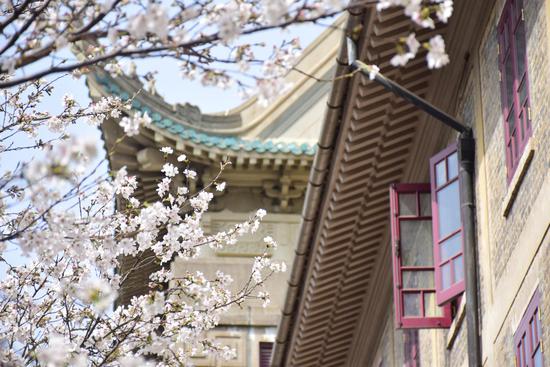
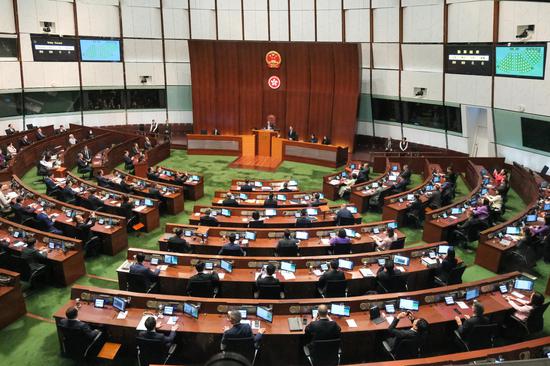
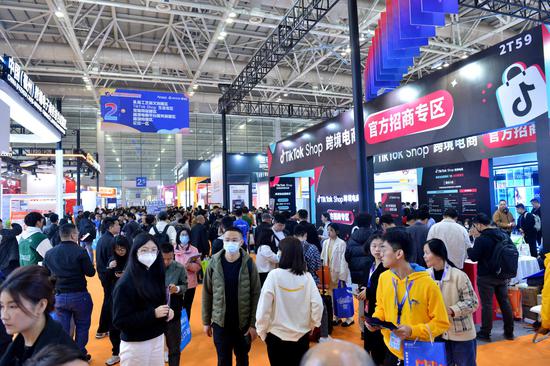



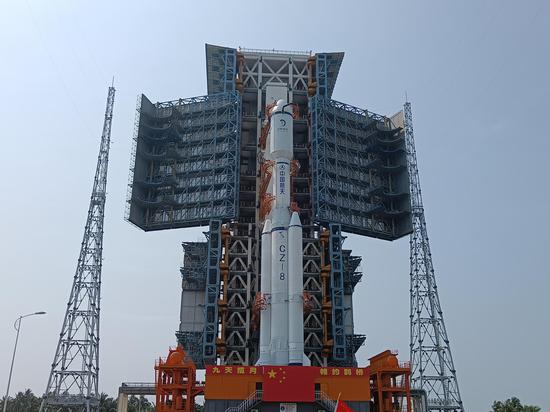

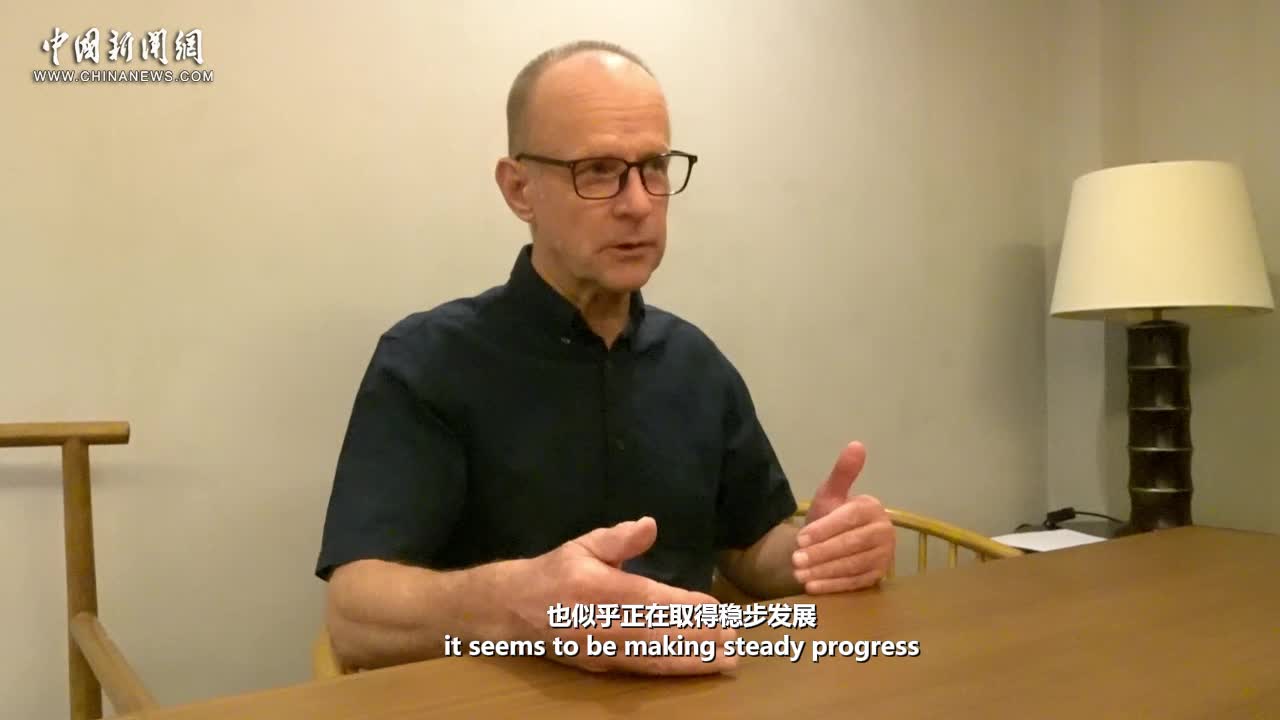



 京公网安备 11010202009201号
京公网安备 11010202009201号